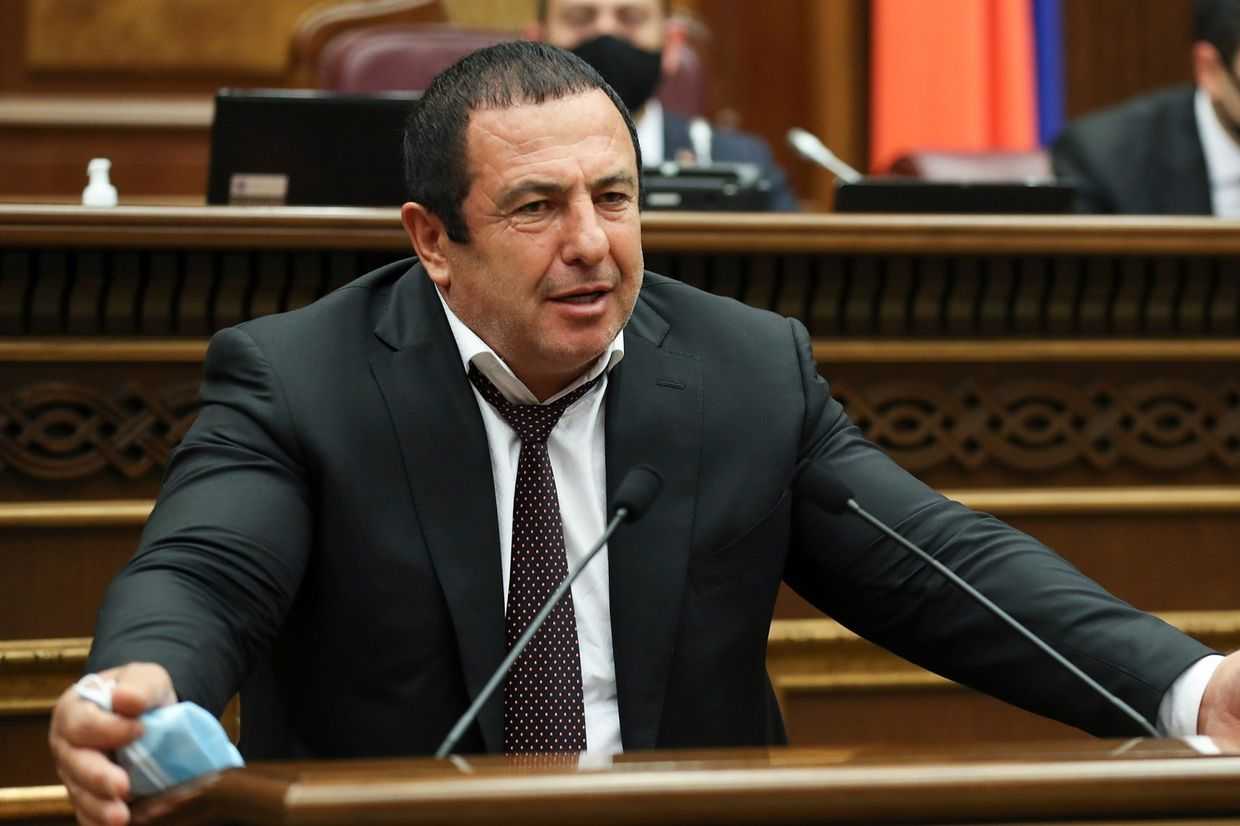
Following Russia’s Invasion of Ukraine, a strong dram has hurt Armenian exporters while inflation has continued to skyrocket — delivering a double helping of economic misery to Armenians.
A small shop near the Yerevan–Gyumri highway serves the local community of Agarak and travellers coming to and from Yerevan. Despite the recent economic downturn in Armenia and the world, the shop has maintained almost the same profits as before. Gevorg Karapetyan, the owner, says that people still spend the same amount of money but for fewer products.
‘We don’t sell, for example, as many fruits and vegetables as last year’, he says.
His shop is far from the only one to have raised prices. As of May, vegetable prices in Armenia had doubled from a year earlier; while the price of milk products increased between 10%–27%.
The cause? The hangover of pandemic-related logistics problems, and the economic fallout of Russia’s invasion of Ukraine — a conflict to which Armenia is particularly vulnerable as Russia is Armenia’s biggest economic partner.
What’s happening?
As of June, inflation in Armenia is running at over 10%.
Earlier this year, inflation was seen as being linked to the depreciation of the dram, itself a response to the tumbling value of the Russian rouble.
But since then, Armenia’s currency has made a dramatic recovery. In July, the value of the dram hit $1 to ֏400, higher than at any point since 2014. For the past four years, its value has averaged ֏485 to the dollar.
But this has not brought about an expected easing of inflation.
Some now face the prospect of receiving the same salaries as before, while struggling to meet basic needs due to higher prices and rents.
Gohar Petrosyan, a marketing specialist in one Armenian IT company with a promising salary, says she has been facing problems since Russia’s invasion of Ukraine on 24 February, which kickstarted an influx of Russians migration to Armenia.
She’s now paying her final month’s rent in her flat in Komitas, a neighbourhood close to the city centre, as the owner appears to have found newcomers ready to pay far higher rent.
[Read more: Evictions surge as rents skyrocket in Yerevan and Tbilisi]
Meanwhile, her company, like many of the country’s startups, is encountering hardships as they are working mainly for Western clients, and as such have seen their income decline in real terms as the dram has strengthened.
This is why a group of businesses, including many IT companies and exporters, have appealed to the government asking for it to intervene.
Russians to be ‘blamed’?
As strange as it may seem, Russians who moved to Armenia bringing large sums of roubles to Armenia may have played a decisive role in the rise of the dram. Over 100,000 Russian citizens have entered the country and opened tens of thousands of accounts in Armenian banks.
Hrant Mikaelian, a Yerevan-based economist, says that this, along with Armenia’s decision to pay for gas in roubles, has caused the dram to rise.
But despite pleas from exporters, the rise in the dram caused by these and other factors has not been met with counter-actions from Armenia’s Central bank.
‘Armenia’s Central Bank has always had the policy of a persuing a valuable dram’, Mikaelian told OC Media.
‘I consider this policy incorrect’, he says, adding that while a more valuable dram may be good when it comes to petrol prices, it is not the only thing the authorities should be thinking about.
‘This hits local producers badly’, he explains.
According to Mikaelian, local businesses need stability in the dram in order to ensure profitable exports.
The Armenian government, now also seems to be on the same page, as Armenia’s Economy Minister, Vahan Kerobyan, has already asked the Central Bank to intervene and help lower the value of the dram.
The Central Bank, however, has refused to take such steps. According to the Central Bank president Martin Galstyan, the Central Bank and the government should adopt a ‘targeted approach’ to deal with the problems that arose due to the rise in dram.
‘One option would be to devalue the dram exchange rate artificially, but in that case, we would create a worse inflationary situation that will hit all citizens of Armenia, including exporters’.
The Central Bank expects 8% inflation by the end of the year.
According to Kerobyan, considering the surging inflation rates around the world, Armenia’s 9%–10% is a ‘fantastic’ figure.
Weathering the crisis
Yet so far, according to economist Hrant Mikaelian, Armenia has been able to avoid most of the economic fallout of Russia’s invasion of Ukraine.
Due to its relatively positive relationship with Russia, Armenia will not face a shortage of grain and, consequently, bread, he said.
‘The biggest grain supplier to Armenia is Russia, and even if it stops exports to other countries, there’ll be exceptions for the member states of the Eurasian Economic Union, including Armenia’, Mikaelian says.
Armenia also looks set to avoid an energy crisis in the near future, as the country has a contract with Russia on the prices of gas, which will be unchanged despite a spike in global prices.
Armenia currently pays roughly $180 per thousand cubic meters of gas, while for Europe, the price has increased as high as $3,600 since the war began, according to Gazprom Russia.
But if a global economic recession breaks out, Mikaelian warns, ‘Armenia can’t be expected to remain in good form’.






